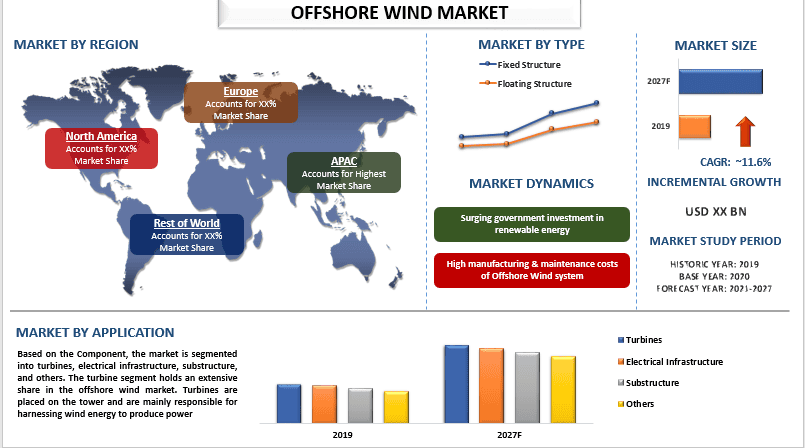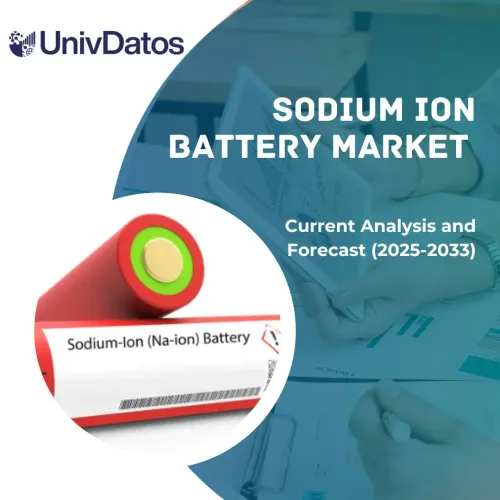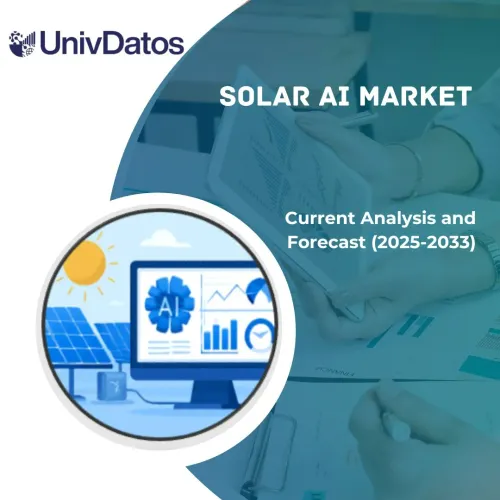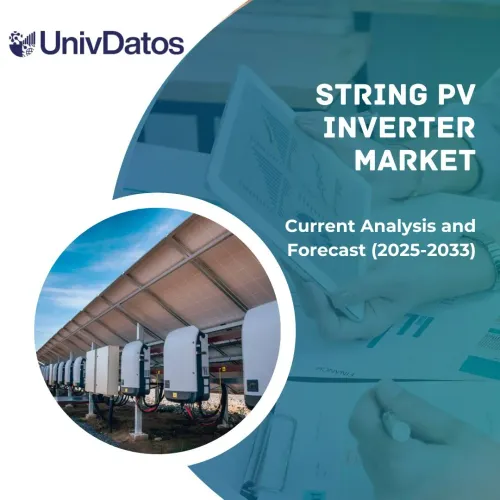- Home
- About Us
- Industry
- Services
- Reading
- Contact Us
Offshore Wind Market: Current Analysis and Forecast (2021-2027)
Emphasis on Type (Fixed Structure, Floating Structure); Component (Turbines, Electrical Infrastructure, Substructure and Others), Location (Shallow Water, Transitional Water and Deep Water), and Region and Country

Global offshore wind market is expected to reach the market valuation around USD 55-60 billion by 2027 and is expected to grow at a significant rate during the forecasted period (2021-2027). It is mainly owing to decrease in the cost of wind power technology had positively influence its usage of wind power worldwide. In addition, surging government investment in renewable energy across various regions coupled with benefitting from rapid technology improvements, supportive government policies and continuous cost reductions are expected to be the main drivers of offshore wind deployment.
The outbreak of Coronavirus pandemic had adversely impacted the world economy. The government took various measure to stop the spread of virus by implementing lockdown has halt all the industrial, commercial and other ongoing activities across the world. The economies of the countries worldwide had been negatively affected and slowed down the growth as well. Moreover, along with global pandemic condition, world has faced drastic climate changes as well. Hence, escalated the strategies and development plans of renewable resources that helps in achieving zero net emission goals in the coming years. In 2020, some major regions worldwide had seen positive growth of offshore wind power turbine. For instance, according to Global Wind Energy Council, Europe had 220 GW of installed wind power capacity: 194 GW onshore and 25 GW offshore. In which Netherlands installed the most wind capacity in 2020, most of it offshore wind.
Different Types of Offshore Wind, 2020
Siemens Gamesa Renewable Energy SA, ABB, Xinjiang, Goldwind Science & Technology Co. Ltd (Goldwind), Ørsted A/S, E.ON SE, General Electric, Vestas, Doosan Heavy Industries and Construction, DEME and Envision are some of the prominent players operating in the Global Offshore wind Market. Several M&As along with partnerships have been undertaken by these players to facilitate customers with hi-tech and innovative products/technologies.
Insights Presented in the Report
“Amongst Type, floating structure segment holds the major share”
Based on Type, the market is bifurcated into fixed structure, floating structure. Currently, floating structure expected to captured considerable market share. It is mainly owing to a rising scope for relishing the projects in deep-water, where the high wind speed creates a much favorable environment for operation, thereby driving the offshore wind energy market.
“Amongst Component, turbine Segment holds the major share”
Based on Component, the market is segmented into turbines, electrical infrastructure, substructure and others. The turbine segment holds extensive share in offshore wind market. The turbine segment is further classified into – nacelle, rotors and blades, and tower. Turbines are placed on the tower and is mainly responsible for harnessing the wind energy to produce power.
“Amongst location, shallow water segment holds the major share”
Based on location, the market is segmented shallow water, Transitional Water and Deep Water. Shallow water holds significant share in the offshore wind market and expected to have influential growth rate in the forecasted period as well. As shallow water is comparatively easier in, the establishment of electrical infrastructure while setting up a wind turbine. Due to comparatively less wind speed available in shallow water, the turbines with less MW capacity are installed in this region
.
“Europe represents one of the largest markets of Global Offshore Wind Market”
For a better understanding of the market dynamics of the global offshore wind market, a detailed analysis was conducted for different regions including Asia Pacific, North America, Europe and Rest of the World. Europe constitutes the largest market for the industry in 2020 predominantly because of surging offshore wind technology adoption and offshore wind farm development in the region.
Reasons to buy this report:
- The study includes market sizing and forecasting analysis validated by authenticated key industry experts
- The report presents a quick review of overall industry performance at one glance
- The report covers an in-depth analysis of prominent industry peers with a primary focus on key business financials, product portfolio, expansion strategies, and recent developments
- Detailed examination of drivers, restraints, key trends, and opportunities prevailing in the industry
- The study comprehensively covers the market across different segments
- Deep dive regional level analysis of the industry
Customization Options:
Global offshore wind Market can further be customized as per the requirement or any other market segment. Besides this, UMI understands that you may have your own business needs, hence feel free to connect with us to get a report that completely suits your requirements.
Table of Content
Analyzing the historical market, estimation of the current market, and forecasting the future market of the global offshore wind market were the three major steps undertaken to create and analyze the adoption of offshore wind system in major regions globally. Exhaustive secondary research was conducted to collect the historical market numbers and estimate the current market size. Secondly, to validate these insights, numerous findings and assumptions were taken into consideration. Moreover, exhaustive primary interviews were also conducted, with industry experts across the value chain of the global offshore wind Market. Post assumption and validation of market numbers through primary interviews, we employed a top-down/bottom-up approach to forecasting the complete market size. Thereafter, market breakdown and data triangulation methods were adopted to estimate and analyze the market size of segments and sub-segments the industry pertains to. Detailed methodology is explained below:
Analysis of Historical Market Size
Step 1: In-Depth Study of Secondary Sources:
Detail secondary study was conducted to obtain the historical market size of the global offshore wind market through company internal sources such as annual report & financial statements, performance presentations, press releases, etc., and external sources including journals, news & articles, government publications, competitor publications, sector reports, third-party database, and other credible publications.
Step 2: Market Segmentation:
After obtaining the historical market size of the global offshore wind market, we conducted a detailed secondary analysis to gather historical market insights and share for different segments & sub-segments for major regions. Major segments included in the report as type, component, location, and region. Further country-level analyses were conducted to evaluate the overall adoption of testing models in that region.
Step 3: Factor Analysis:
After acquiring the historical market size of different segments and sub-segments, we conducted a detailed factor analysis to estimate the current market size of global offshore wind market. Further, we conducted factor analysis using dependent and independent variables such as increasing deployment type of offshore wind and increasing adoption of different type of offshore wind material. A thorough analysis was conducted for demand and supply-side scenarios considering top partnerships, merger and acquisition, business expansion, and product launches in the global offshore wind market sector across the globe.
Current Market Size Estimate & Forecast
Current Market Sizing: Based on actionable insights from the above 3 steps, we arrived at the current market size, key players in the global offshore wind market, and market shares of the segments. All the required percentage shares split, and market breakdowns were determined using the above-mentioned secondary approach and were verified through primary interviews.
Estimation & Forecasting: For market estimation and forecast, weights were assigned to different factors including drivers & trends, restraints, and opportunities available for the stakeholders. After analyzing these factors, relevant forecasting techniques i.e., top-down/bottom-up approach was applied to arrive at the market forecast about 2027 for different segments and sub-segments across the major markets globally. The research methodology adopted to estimate the market size encompasses:
- The industry’s market size, in terms of value (US$) and the adoption rate of global offshore wind market across the major markets domestically
- All percentage shares, splits, and breakdowns of market segments and sub-segments
- Key players in the global offshore wind market in terms of type, component and location. Also, the growth strategies adopted by these players to compete in the fast-growing market
Market Size and Share Validation
Primary Research: In-depth interviews were conducted with the Key Opinion Leaders (KOLs) including Top Level Executives (CXO/VPs, Sales Head, Marketing Head, Operational Head, and Regional Head, Country Head, etc.) across major regions. Primary research findings were then summarized, and statistical analysis was performed to prove the stated hypothesis. Inputs from primary research were consolidated with secondary findings, hence turning information into actionable insights.
Split of Primary Participants in Different Regions

Market Engineering
Data triangulation technique was employed to complete the overall market estimation and to arrive at precise statistical numbers of each segment and sub-segment of the global offshore wind market. Data was split into several segments & sub-segments post studying various parameters and trends in the areas of type and their type of the global Offshore wind market.
The main objective of the Global Offshore Wind Market Study
The current & future market trends of global offshore wind market were pinpointed in the study. Investors can gain strategic insights to base their discretion for investments from the qualitative and quantitative analysis performed in the study. Current and future market trends were determined the overall attractiveness of the market at a regional level, providing a platform for the industrial participant to exploit the untapped market to benefit as a first-mover advantage. Other quantitative goals of the studies include:
- Analyze the current and forecast market size of global offshore wind market in terms of value (US$). Also, analyze the current and forecast market size of different segments and sub-segments
- Segments in the study include areas of type, component, and location
- Define and analysis of the regulatory framework for the global offshore wind market industry
- Analyze the value chain involved with the presence of various intermediaries, along with analyzing customer and competitor behaviors of the industry
- Analyze the current and forecast market size of the global offshore wind market for the major region
- Major regions studied in the report include Asia Pacific, Europe, North America and Rest of the world.
- Company profiles of the global offshore wind market and the growth strategies adopted by the market players to sustain in the fast-growing market
Deep dive regional level analysis of the industry
Related Reports
Customers who bought this item also bought










